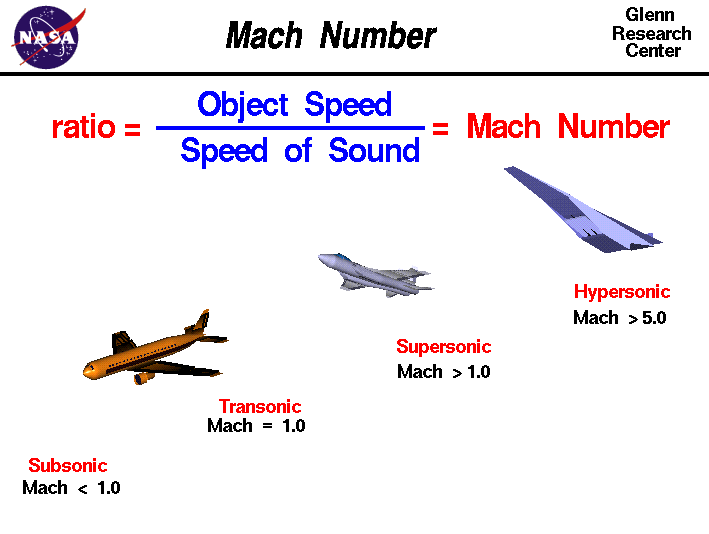Home › Forum Online Discussion › General › NASA says core stage of next Moon rocket now ready (article)
- This topic has 1 reply, 1 voice, and was last updated 5 years, 5 months ago by
c_howdy.
-
AuthorPosts
-
December 9, 2019 at 3:23 pm #59560
c_howdy
Participant
In fluid dynamics, the Mach number (M or Ma) (/mɑːk/; German: [max]) is a dimensionless quantity representing the ratio of flow velocity past a boundary to the local speed of sound.
-https://en.wikipedia.org/wiki/Mach_number-
Mach 23 =27,431.64 Kilometers per Hour
-https://www.calculateme.com/speed/mach/to-kilometers-per-hour/23-
DECEMBER 9, 2019
https://phys.org/news/2019-12-nasa-core-stage-moon-rocket.html
NASA has completed the giant rocket that will take US astronauts back to the Moon, the space agency’s head announced Monday, pledging the mission would take place in 2024 despite being beset by delays.
Towering 212 feet (65 meters), the equivalent of a 20-story building, The Space Launch System (SLS) is the tallest rocket ever built at a towering 212 feet (65 meters), the equivalent of a 20-story building.
It is also the most powerful, designed to reach a record-breaking speed of Mach 23 before separating from its upper stage, the Orion crew capsule.
But its development has been hit by delays and cost overruns—its first flight was set to take place in November 2018, and its price tag has risen from $6.2 billion to $8 billion, or 29 percent, according to a June audit report.
Standing before the orange behemoth at the Michoud Assembly Facility in New Orleans, NASA administrator Jim Bridenstine called it a “very important day” for the space agency “when we get to announce core stage complete for in fact the SLS rocket.
“We are making significant progress towards achieving that Artemis 3 mission and getting our first woman, and next man to the south pole of the Moon in 2024.”
The Artemis 1 mission will likely take off by June 2020, according to the audit report. The first test will be uncrewed.
NASA plans to land on the Moon’s south pole in order to exploit its water ice, discovered in 2009, both for life support purposes and to split into hydrogen and oxygen for use as rocket propellant.
The agency views its return to the Moon as a proving ground for an onward mission to Mars in the 2030s.
It’s not just the cost of the rocket that has spiralled: NASA will have spent roughly $34 billion on the SLS, Orion, and Exploration Ground Systems Program programs through 2019, a sum projected to increase to over $50 billion by 2024.
The future of the mission rests on continued political support, both from the White House and Congress, which is ultimately responsible for budget allocations.
 December 10, 2019 at 8:58 pm #59563
December 10, 2019 at 8:58 pm #59563c_howdy
ParticipantThe term biosphere was created to describe the totality of living things on Earth by Vladimir Vernadsky, a Russian scientist, in the 1920s. The biosphere refers to the one global ecological system in which all living things are interdependent to a greater or lesser extent.
-https://www.sciencedirect.com/topics/earth-and-planetary-sciences/life-support-systems-


-
AuthorPosts
- You must be logged in to reply to this topic.
